Articles tagged jhipster
Integrate React Native and Spring Boot Securely

React Native is a mobile app framework from Facebook. It allows you to quickly develop apps using React’s API and deploy them to iOS and Android. It allows you to quickly refresh the apps when you make changes and generally offers a pleasant experience for web developers. React Native for Web is a recent addition to the React Native family. It allows you to run your app in a browser and enjoy the browser’s built-in...
Micro Frontends for Java Microservices
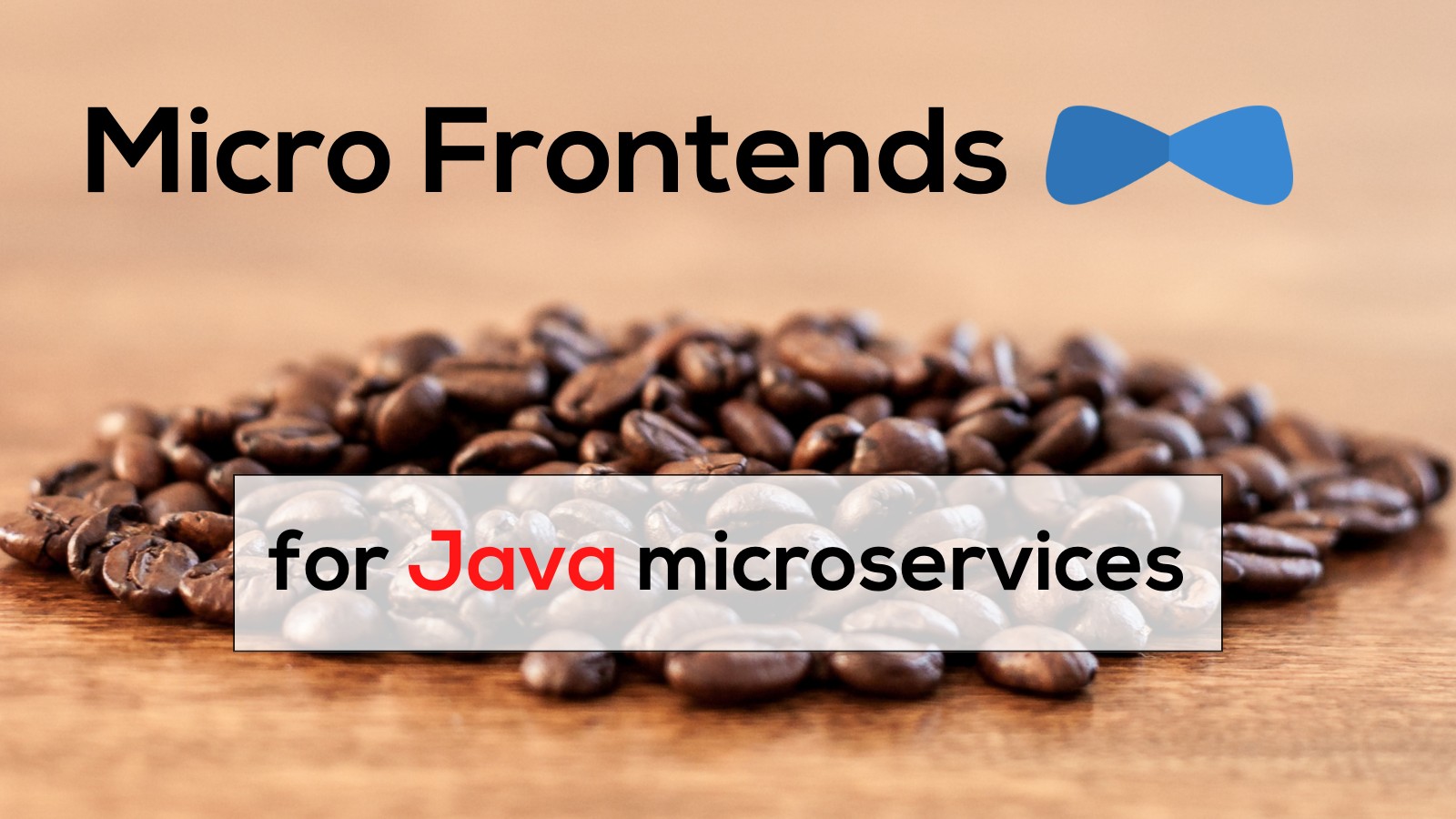
Microservices have been quite popular in the Java ecosystem ever since Spring Boot and Spring Cloud made them easy to build and deploy. Things have gotten even easier in recent years with the proliferation of new Java frameworks built specifically for microservices: MicroProfile, Micronaut, Quarkus, and Helidon. Not only do these frameworks provide an excellent developer experience, but they also tend to have built-in Docker support. They even work with GraalVM, so you can compile...
Communicate Between Microservices with Apache Kafka
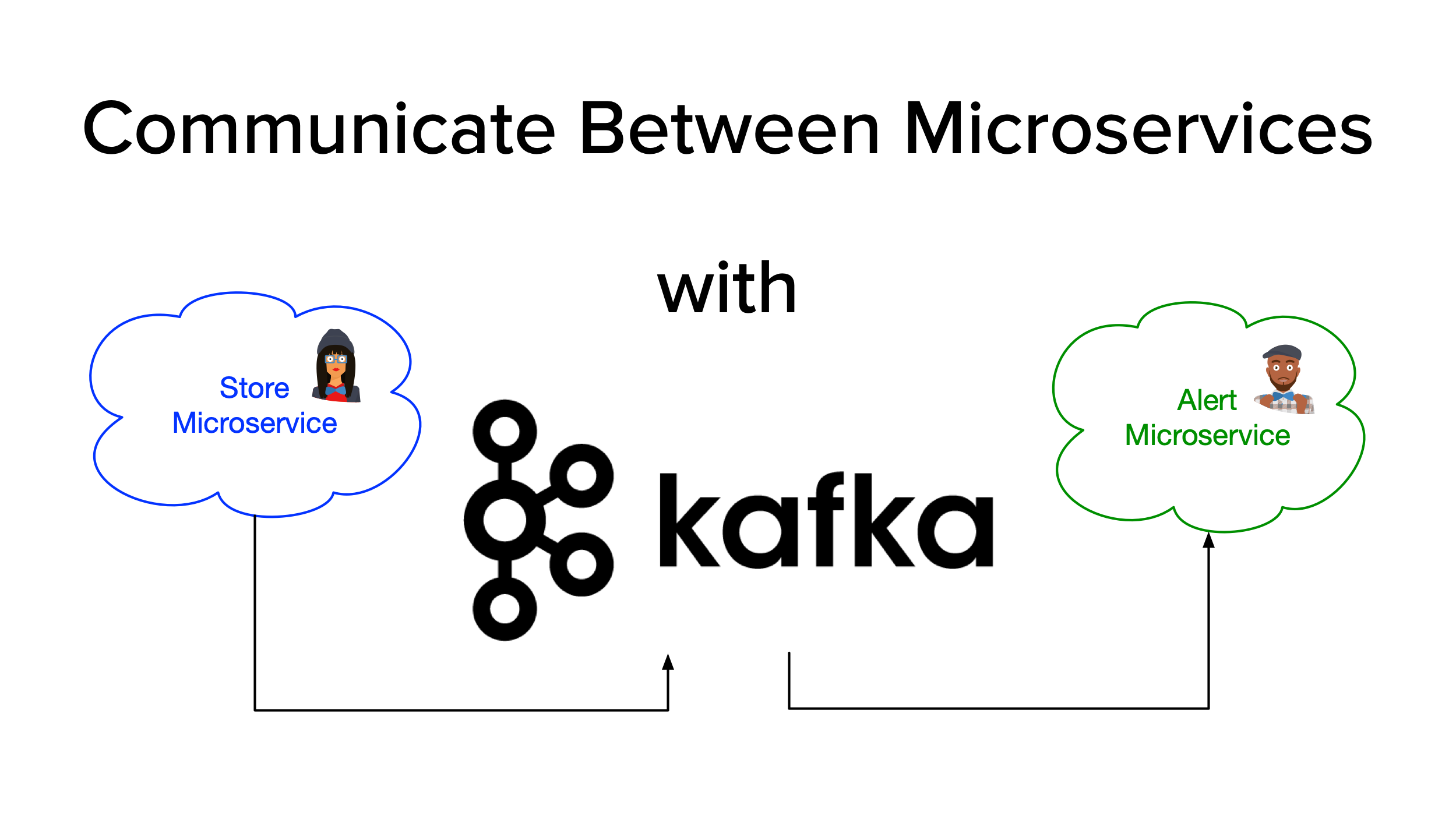
One of the traditional approaches for communicating between microservices is through their REST APIs. However, as your system evolves and the number of microservices grows, communication becomes more complex, and the architecture might start resembling our old friend the spaghetti anti-pattern, with services depending on each other or tightly coupled, slowing down development teams. This model can exhibit low latency but only works if services are made highly available. To overcome this design disadvantage, new...
CI/CD Java Microservices with CircleCI and Spinnaker

Continuous integration and delivery (CI/CD) are essential practices for modern software development. In this post we cover the basics of how to add CI/CD for a JHipster microservices architecture and Kubernetes as the target cloud deployment environment. Briefly, continuous integration is the practice of integrating code into the main branch of a shared repository early and often. Instead of integrating features at the end of a development cycle, code is integrated with the shared repository...
JHipster Microservices on AWS with Amazon Elastic Kubernetes Service

In this tutorial, you’ll use JHipster to build a microservice stack and deploy it to Amazon Elastic Kubernetes Service (EKS). The microservices will use Java and Spring Boot for resource servers and Vue for the frontend. The server-side applications will use Spring’s Reactive technology stack. The microservice will include multiple databases and database types: PostgresSQL, MongoDB, and Neo4j. You’ll secure the service using OAuth 2.0 and OpenID Connect (OIDC), with Okta as the OIDC provider....
How to Deploy Java Microservices on Amazon EKS Using Terraform and Kubernetes
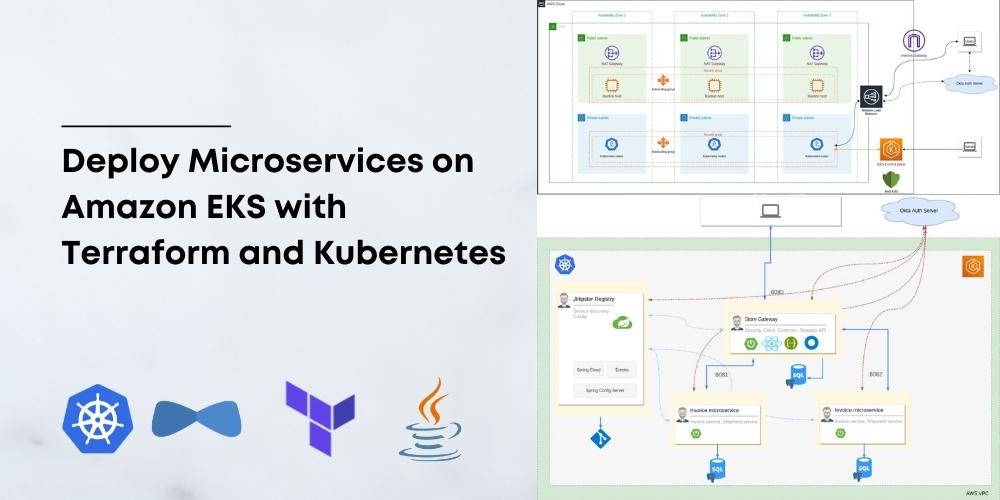
When it comes to infrastructure, public clouds are the most popular choice these days, especially Amazon Web Services (AWS). If you are in one of those lucky or unlucky (depending on how you see it) teams running microservices, then you need a way to orchestrate their deployments. When it comes to orchestrating microservices, Kubernetes is the de-facto choice. Most public cloud providers also provide managed Kubernetes as a service; for example, Google provides Google Kubernetes...
Cloud Native Java Microservices with JHipster and Istio

Microservices are not everyone’s cup of tea, and they shouldn’t be. Not every problem can or should be solved by microservices. Sometimes building a simple monolith is a far better option. Microservices are solutions for use cases where scale and scalability are important. A few years ago, microservices were all the rage, made popular, especially by companies like Netflix, Spotify, Google, etc. While the hype has died down a bit, genuine use cases still exist....
Run Microservices on DigitalOcean with Kubernetes
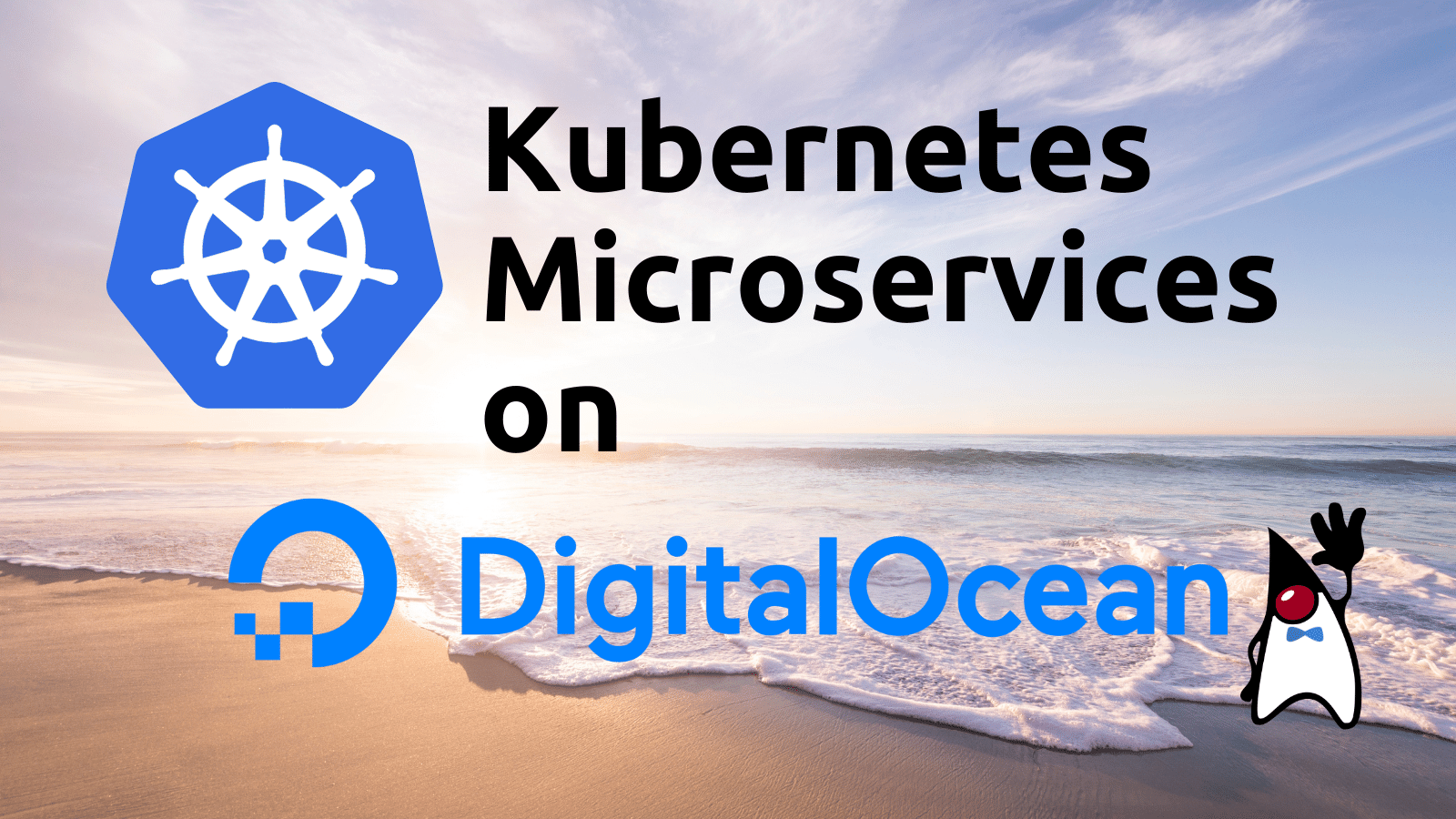
Cloud adoption continues to increase rapidly worldwide, and not only in the software industry. Every year more and more companies move their applications to the cloud. In the last JHipster community survey, from December 2021, participants valued JHipster’s ability to get them to production faster, and requested more tutorials on deployment to cloud platforms. DigitalOcean is among the most popular “other” cloud vendors, according to some surveys. This post is a quick walk-through of the...
Build Secure Ionic Apps with Angular and JHipster

Ionic is a framework for building mobile apps with web technologies that look and act like native apps. Because they’re built with web technologies (HTML, JavaScript, and CSS), you can also deploy your Ionic apps as single-page applications. Or, even better, as progressive web apps (PWAs) that work offline. Ionic supports the big three web frameworks: Angular, React, and Vue. Once you’ve written your app, you can deploy it to a simulator or device with...
Kubernetes Microservices on Azure with Cosmos DB

In this tutorial, you’ll learn how to deploy a JHipster-based reactive microservice to Azure Kubernetes Service (AKS). You’ll use Azure’s Cosmos DB as a persistent store for one of the services. For security, you’ll use Okta as an OAuth 2.0 and OpenID Connect (OIDC) provider. You’ll also securely encrypt all secrets in the project configuration files using Kubernetes secrets and kubeseal. This tutorial focuses on deploying an already generated project to Azure AKS. It does...
Use GitHub Actions to Build GraalVM Native Images

Getting something to work is one of the greatest feelings you can have as a developer. Especially when you’ve spent hours, days, or months trying to make it happen. The last mile can be one of the most painful and rewarding experiences, all wrapped into the same day or two. I experienced this recently with Spring Native for JHipster. If I look back, it took a year’s worth of desire, research, and perseverance to make...
Introducing Spring Native for JHipster: Serverless Full-Stack Made Easy

Over the years, I’ve developed a lot of Java applications. I started writing Java code in the late 90s and spent several years doing Java before I tried another server-side language. I was impressed when I first tried building apps in Ruby on Rails, Python, and Node.js - they all started super-fast! Starting fast is cool, but we in the Java community have often asked, does it perform over time? The Java Virtual Machine is...
JHipster Community Survey Results

This post is syndicated from the JHipster community blog on dev.to. The Okta DevRel team thought you’d find it insightful. Okta is the platinum sponsor of the JHipster project. Several weeks ago, we launched the JHipster Community Survey. The goal was to get feedback from the community about the most useful features and components, things that are missing, and where we should focus our attention to make the project even better for everyone. We got...
Full Stack Java with React, Spring Boot, and JHipster

If you search for “Full Stack Java” on the internet, you’ll likely find a lot of recruiting, courses, and jobs. Being a full stack developer can be exciting because you can create the backend and frontend of an app all by yourself. There is business logic and algorithms as well as styling, making things look good, and securing everything. It also pays pretty well. Today, I’m going to show you how you can be a...
Kubernetes to the Cloud with Spring Boot and JHipster
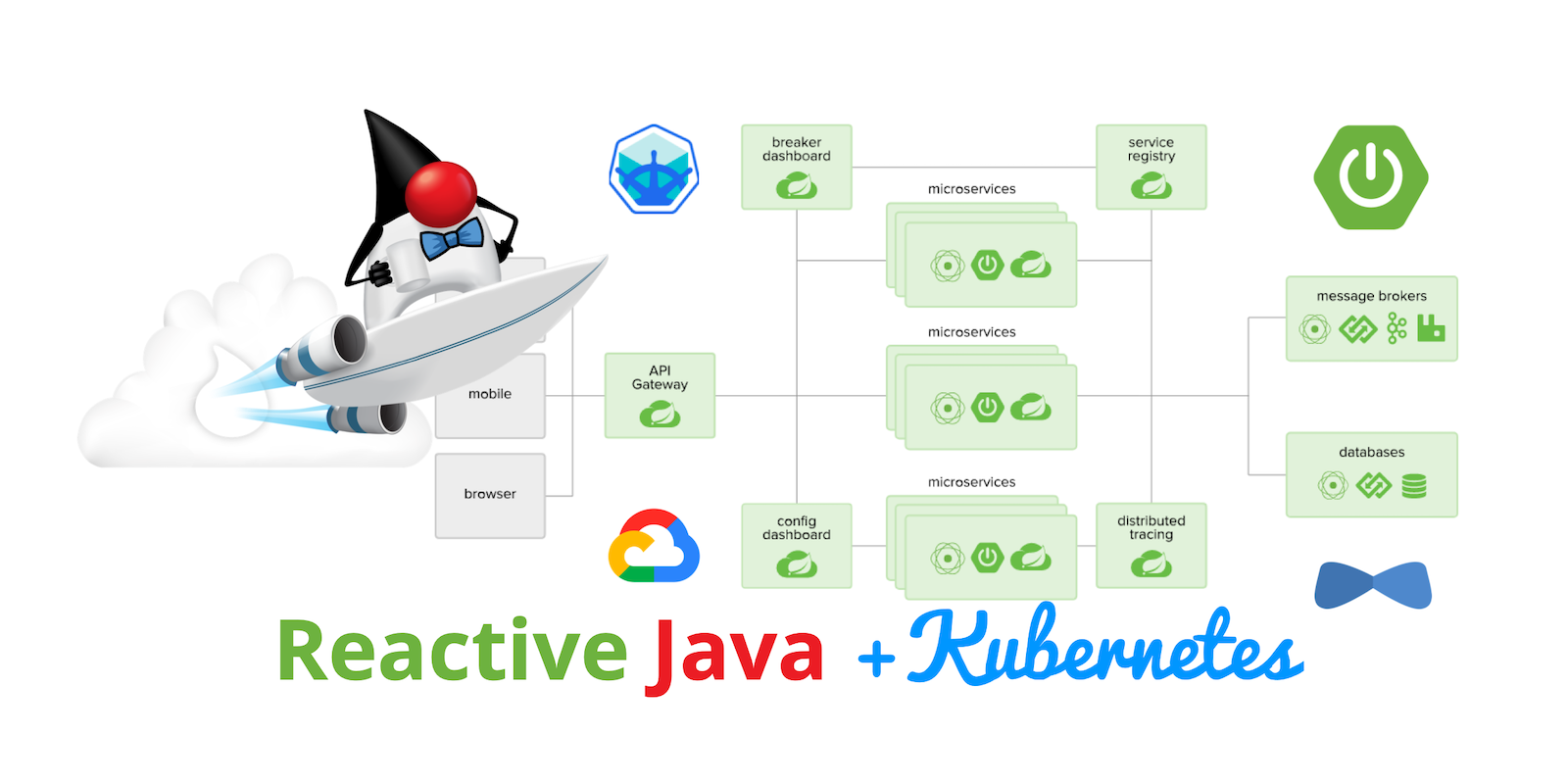
When your business or application is successful, it needs to scale. Not just technology-wise, but human-wise. When you’re growing rapidly, it can be difficult to hire developers fast enough. Using a microservices architecture for your apps can allow you to divide up ownership and responsibilities, and scale teams along with your code. Kubernetes is an open-source platform for managing containerized workloads and services. Kubernetes traces its lineage directly from Borg, Google’s long-rumored internal container-oriented cluster-management...
Fast Java Made Easy with Quarkus and JHipster

Quarkus is a Kubernetes-native, Java framework for building high-performance web, serverless, and native apps. It uses Ahead of Time (AOT) compilation and aggressive optimizations like classpath scanning, configuration reloading, and application bootstrap pre-configuration during the build process. This results in impressive startup performance. In other words, a Quarkus app starts up super fast! Like Spring and Micronaut, Quarkus can take advantage of GraalVM to transform a JVM-based application into a native executable, improving the overall...
Reactive Java Microservices with Spring Boot and JHipster
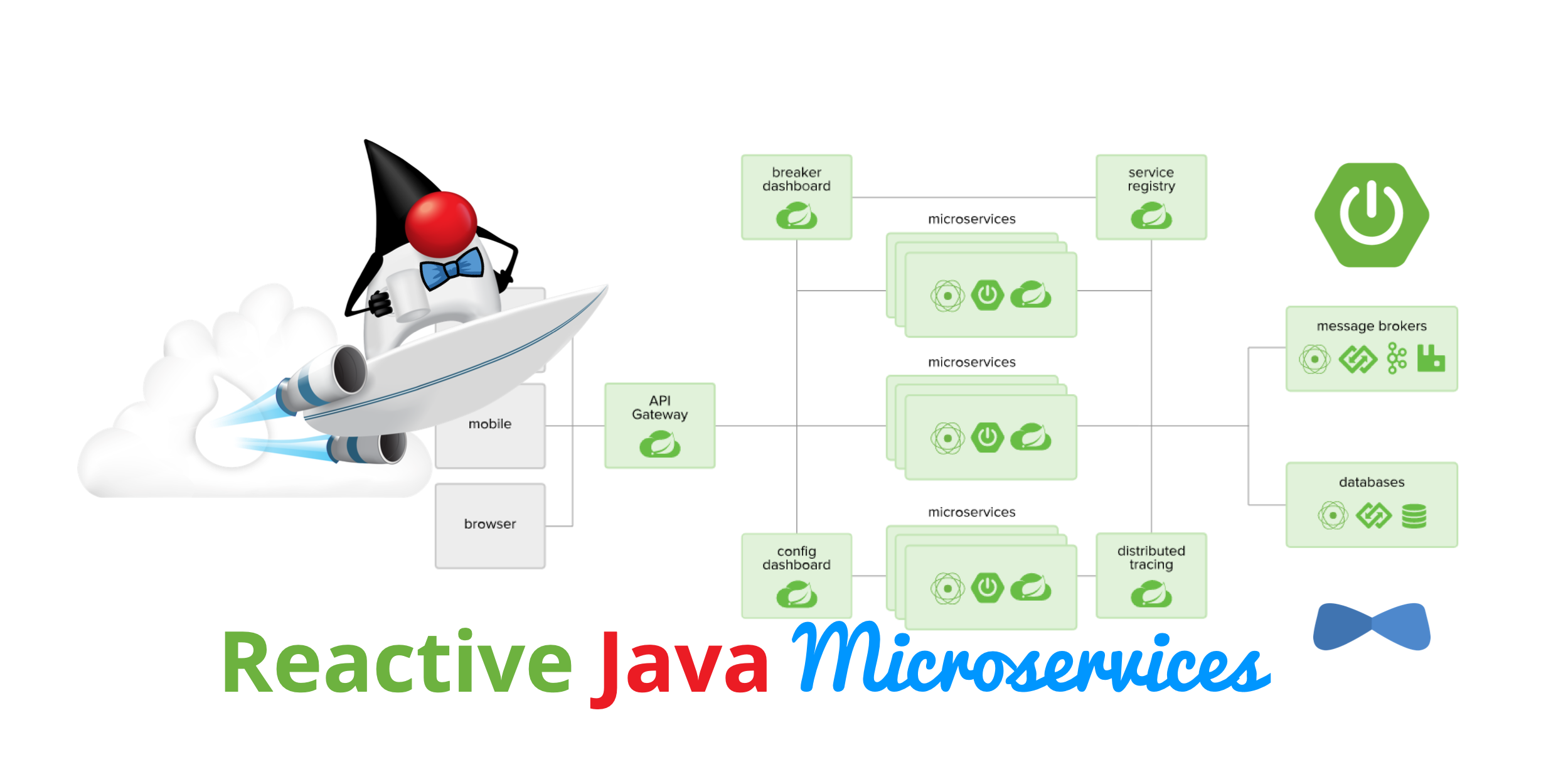
Java has been at the forefront of microservice architectures since they came to prominence a few years ago. It’s a popular language with well-known, high-quality frameworks, like Spring Boot, Spring Cloud, Spring Data, and Spring Security. Spring Boot 2.0 introduced a new web framework called Spring WebFlux. Previous versions of Spring Boot only shipped with Spring MVC as an option. WebFlux offers a way for developers to do reactive programming. This means you can write...
Scaling Secure Applications with Spring Session and Redis

Spring Boot and Spring Security have delighted developers with their APIs for quite some time now. Spring Security has done an excellent job of implementing OAuth and OpenID Connect (OIDC) standards for the last few years. If you’re using Spring Security’s default authorization code flow with OIDC, it’ll establish a session on the server and serve up old fashion session cookies. If you want to scale your services, you’ll need to share session information. This...
Build a Secure Micronaut and Angular App with JHipster
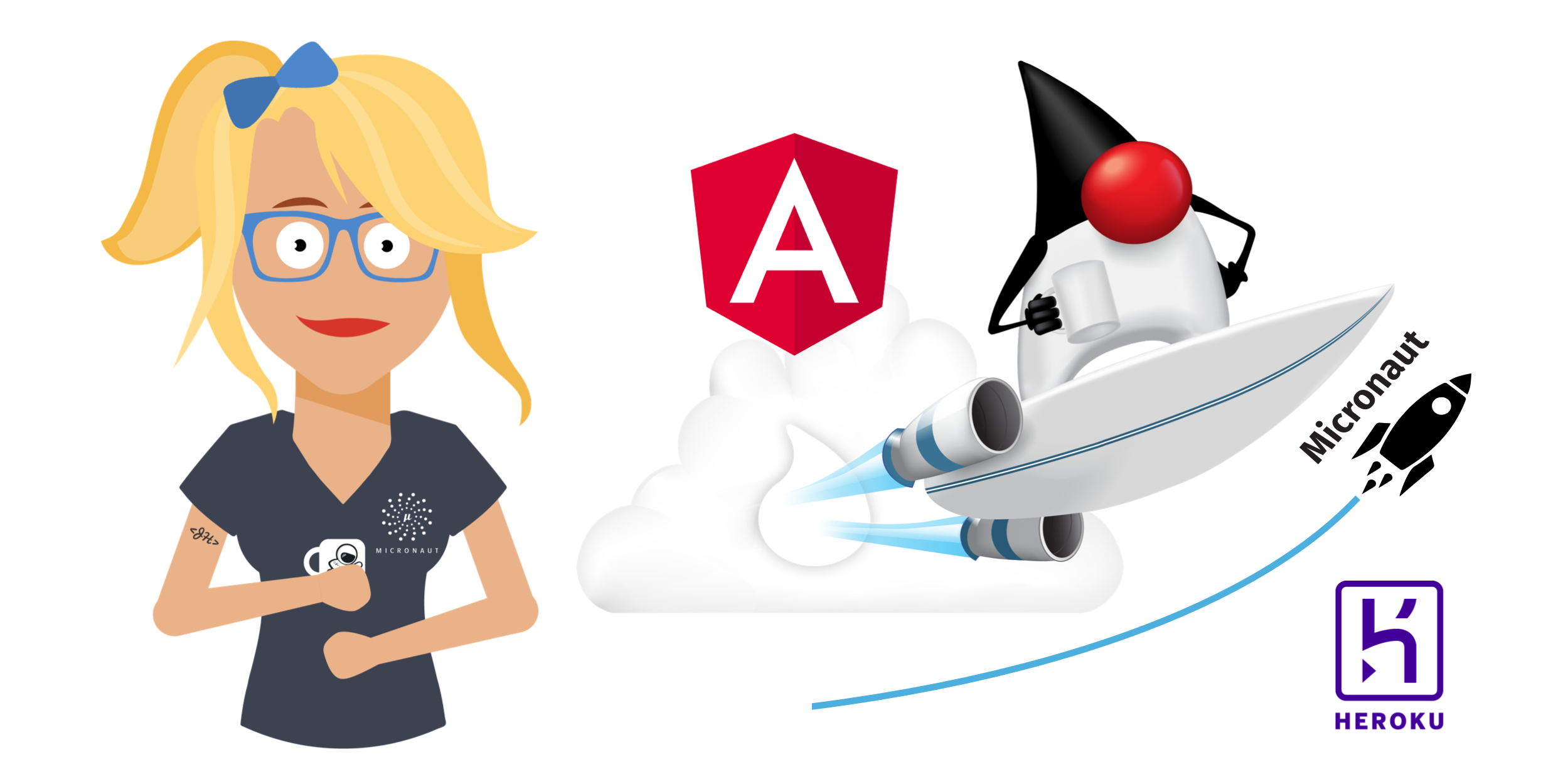
Micronaut is a new framework for developing JVM applications, including APIs and microservices. It uses ahead-of-time (AOT) compilation to compute the information that your application needs before runtime, removing the need for reflection. The result is a significant decrease in runtime overhead and startup time, and a substantial increase in application throughput. Micronaut is a direct competitor to Spring Boot from the folks that invented Grails. Its design and runtime efficiency make it ideal for...
Mobile Development with Ionic, React Native, and JHipster

Mobile development offers a lot of options. To develop native apps, you can use Java or Kotlin on Android. On iOS, you can use Objective C or Swift. There are other options, too. You can build hybrid mobile apps and Progressive Web Apps (PWAs). Hybrid mobile apps are those created with web technologies (HTML, JavaScript, and CSS) that look like native apps. PWAs have the ability to work offline and act like mobile apps too....
Communicate Between Microservices with Apache Kafka
Build Mobile Apps with Angular, Ionic 4, and Spring Boot

I’m a big fan of Ionic. I started using it several years ago when it was based on AngularJS. As a developer, I really liked it because I knew Angular. I found didn’t have to learn much more to be a productive developer with Ionic. What is Ionic? I’m glad you asked! Ionic is an open source project that allows you to build mobile apps using web tech. Technically, this is called a "hybrid" app...
Java + Spring Tutorials

Spring Boot, and the Spring framework in general, are the core tools for the modern Java developer. They abstract away many nuances of development and architecture, allowing you to focus on building your business logic, aka, the parts of your app that will move the needle for your organization. Here at Okta we believe in that abstraction, and that a big part of modern development is using the right tools to make the job not...
Java Microservices with Spring Cloud Config and JHipster
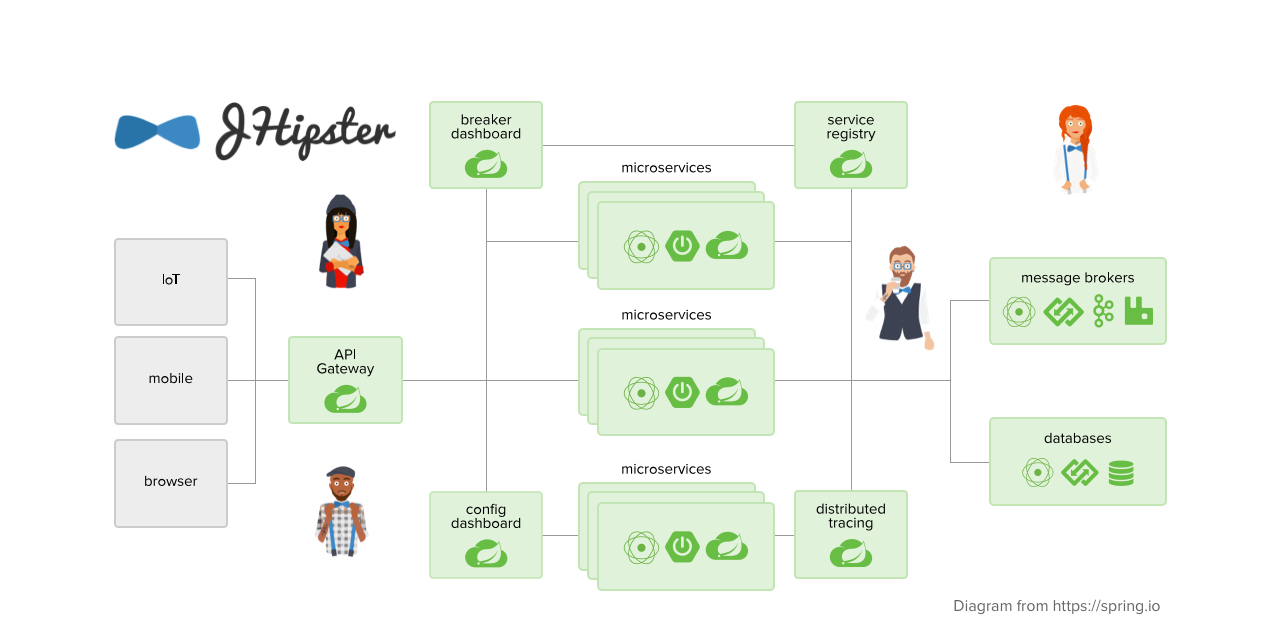
Developing a microservice architecture with Java and Spring Boot is quite popular these days. It’s definitely one of the most popular combinations in the Java ecosystem. If you need any proof, just look at all of the similar frameworks that have cropped up in the last few years: MicroProfile, Micronaut, and Quarkus, just to name a few. Spring Boot provided a much-needed spark to the Spring ecosystem when it was first released in 2014. Instead...
Java Microservices with Spring Boot and Spring Cloud
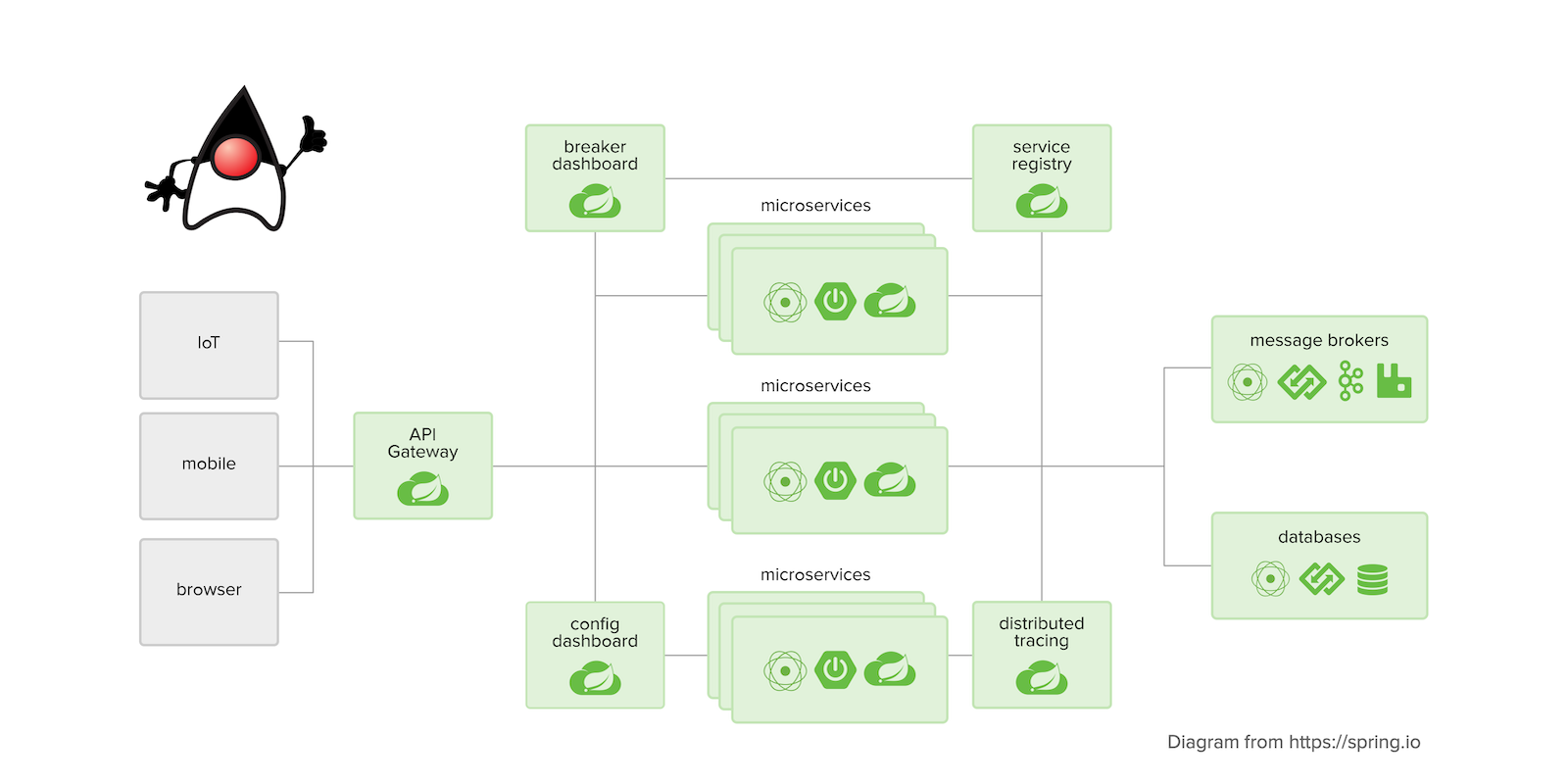
Java is a great language to use when developing a microservice architecture. In fact, some of the biggest names in our industry use it. Have you ever heard of Netflix, Amazon, or Google? What about eBay, Twitter, and LinkedIn? Yes, major companies handling incredible traffic are doing it with Java. Implementing a microservices architecture in Java isn’t for everyone. For that matter, implementing microservices, in general, isn’t often needed. Most companies do it to scale...
Upgrading Spring Security OAuth and JUnit Tests through the 👀 of a Java Hipster
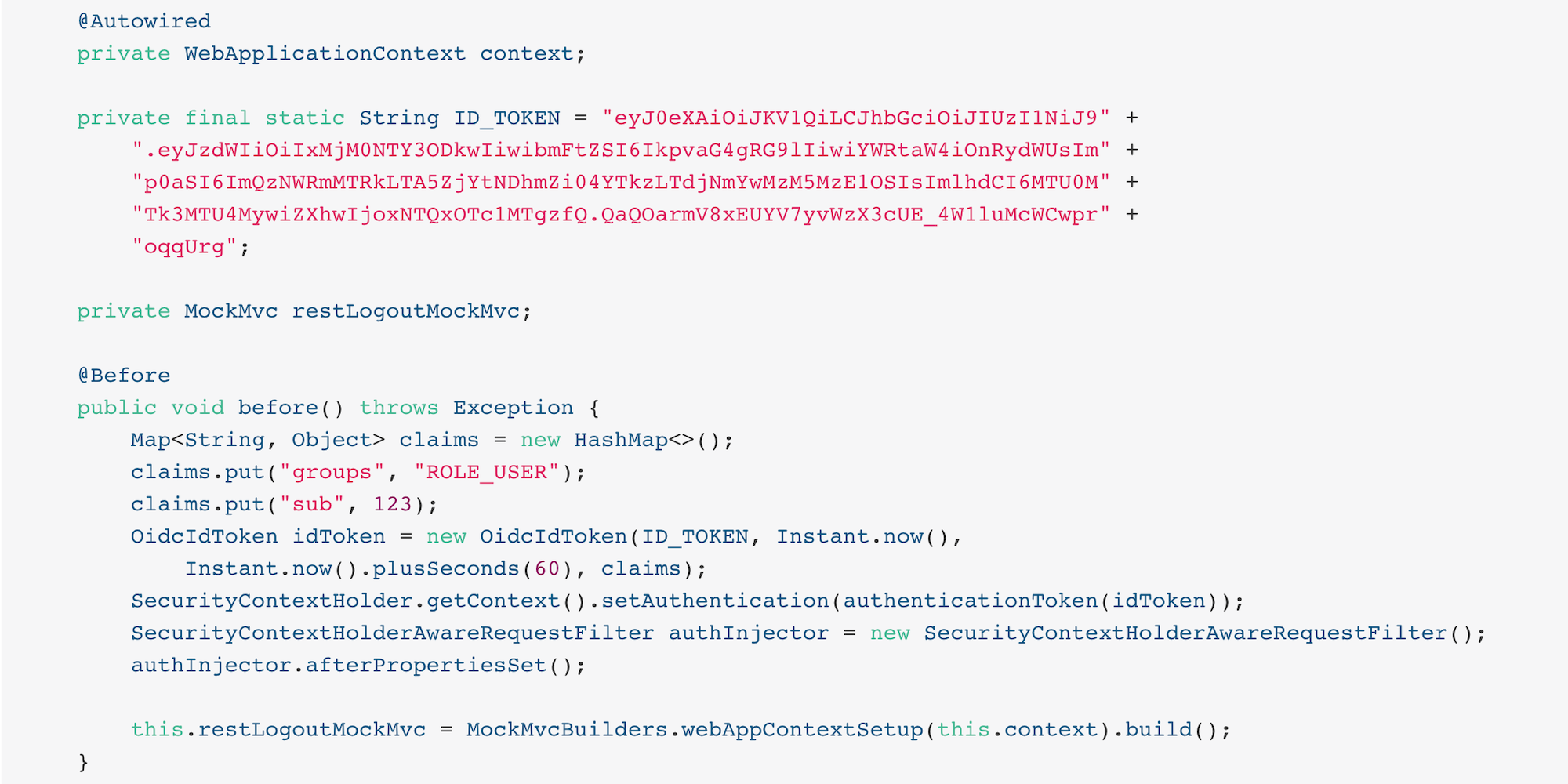
Using unit and integration tests to verify your code quality is an excellent way to show you care about your code. I recently did a bunch of work in the popular JHipster open source project to upgrade it to use the latest release of Spring Security. Spring Security 5.1+ adds OAuth 2.0 and OIDC as first-class citizens that you can configure with its elegant DSL (a.k.a. cool method chaining, a.k.a. the builder pattern). I’ve been...
Better, Faster, Lighter Java with Java 12 and JHipster 6

There’s a lot going on in the Java ecosystem lately. Now that major Java versions are released every six months, it can be difficult to keep up. Personally, I develop the majority of my Java applications using Spring Boot. Because of this, I was stuck on Java 8 until Spring Boot 2.1 was released last October. Spring Boot 2.1 added Java 11 support, along with performance improvements, a new metrics implementation, new actuator endpoints, and...
Add Social Login to Your JHipster App

Social login is a great way to offer your customers a simple and secure authentication method. Why force them to create and forget yet another password? The vast majority of your users will have an account with Facebook or Google, so why no go ahead and let them use one of these accounts to log in? In this tutorial, you are going to integrate two social login providers: Google and Facebook. You are also going...
Build a Mobile App with React Native and Spring Boot

React Native is a framework for building mobile applications with React. React allows you to use a declarative style of programming to describe how your UI should look. It uses embedded HTML (called JSX) to render buttons, lists, scrollable views, and many other components. I’m a seasoned Java and JavaScript developer that loves Spring and TypeScript. Some might call me a Java hipster because I like JavaScript. In this post, I’m going to show you...
Build a Photo Gallery PWA with React, Spring Boot, and JHipster

At its core, React is just a UI toolkit, ala GWT, but it has a very healthy ecosystem around it that provides everything you need to build a kick-ass progressive web app (PWA). PWAs are cool because if they’re done right, they can offer a native-like experience for your users, allowing them to install your app, and use it when it’s offline. But, “why React?” is what you’re probably asking yourself right now, right? Well,...
Develop a Microservices Architecture with OAuth 2.0 and JHipster

JHipster is a development platform to generate, develop, and deploy Spring Boot + Angular web applications and Spring microservices. It supports using many types of authentication: JWT, session-based, and OAuth 2.0. In its 5.0 release, it added React as a UI option. In addition to having two popular UI frameworks, JHipster also has modules that support generating mobile applications. If you like Ionic, which currently leverages Angular, you can use Ionic for JHipster. If you’re...
Use Ionic for JHipster to Create Mobile Apps with OIDC Authentication
We 💙 Ionic, JHipster, and Java here at Okta. Ionic is a framework for building native mobile apps using web technologies. Technically, this is called a “hybrid” app because it’s not using native SDKs. Hybrid mobile apps are distributed just like native apps: they can be installed on mobile devices, and they’re listed in app stores. As an end user, there’s a good chance you can’t tell the difference between a hybrid mobile app and...
Use OpenID Connect Support with JHipster
Single sign-on (SSO) is a feature that most developers don’t care about when building one-off applications for clients or themselves. However, when developing apps for their company, which will be used by employees of their business, they often need to hook into an existing identity provider. It might be Active Directory (AD), LDAP, or a myriad of other systems. Okta provides SSO for many companies around the world and allows them to configure AD and...
The Top 10 JavaOne 2017 Sessions for the Java Hipster
A “hipster” is defined as a person who is exceptionally aware of or interested in the latest trends and tastes. JHipster is an open source project whose name stands for “Java Hipster.” If you’re using JHipster, chances are you’re aware of and using the latest trends and techniques in Java development. Trendy things in server-side Java development include microservices, embedded app servers, deployment with containers, auto-configuration, and monitoring. JHipster supports all of these trends, embracing...
Develop and Deploy Microservices with JHipster
JHipster is one of those open-source projects you stumble upon and immediately think, “Of course!” It combines three very successful frameworks in web development: Bootstrap, Angular, and Spring Boot. Bootstrap was one of the first dominant web-component frameworks. Its largest appeal was that it only required a bit of HTML and it worked! Bootstrap showed many in the Java community how to develop components for the web. It leveled the playing field in HTML/CSS development,...